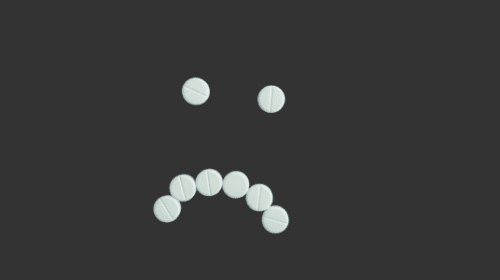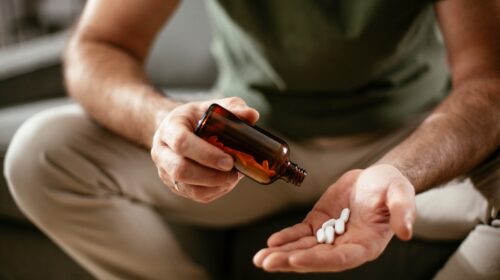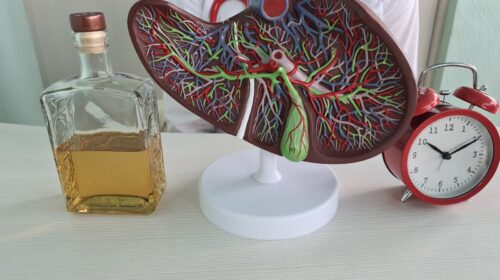“Pink cocaine,” a high-profile designer drug recently named in the ongoing Diddy lawsuit and reportedly tied to the death of “One Direction” alum Liam Payne, is becoming a desirable party drug. But the contents of this party cocktail tend to fly under the radar, and the consequences can be deadly.
A Rose By Any Other Name
“Pink Cocaine”, despite the name, is not actually cocaine but a nickname commonly given to 2C-B, a synthetic psychedelic drug that originated in the 1970s. 2C-B was initially developed as an experimental treatment for psychological disorders. However, its euphoric and hallucinogenic properties quickly attracted attention, pulling it out of medical circles and into illicit recreational use. The drug is often sold as a pinkish powder or pill, leading to the moniker “Pink Cocaine” due to its color and stimulant-like effects.
Nightlife scenes have marketed the drug as being premium, and often goes by the name “Tusi”. Indeed, with its psychedelic combination of MDMA and LSD, just one gram will run you between $20-$100. It has become popular at parties, raves, and clubs, further glamorized by its association with wealthy elites and celebrity culture.
Behind the Rose-colored Glasses
Despite its rise in popularity, Pink Cocaine is dangerous. One of the biggest misconceptions surrounding it is that because it’s synthetic and associated with high-profile scenes, it is “safer” than other drugs, but this couldn’t be further from the truth. In fact, the side effects of Pink Cocaine are unpredictable and can be life-threatening.
Never Promised You a Rose Garden
Some users experience an immediate sense of euphoria, heightened sexual arousal, and enhanced energy. However, these seemingly pleasurable effects are accompanied by a range of dangerous side effects, including:
– Nausea and vomiting
– Severe anxiety
– Visual and auditory hallucinations
– Increased heart rate and blood pressure
– Paranoia
– Extreme emotional shifts (from euphoria to aggression or deep depression)
Depending on the dose and the individual’s sensitivity, Pink Cocaine can either simulate a party experience or turn into a psychological nightmare.
Every Rose Has its Thorn
Continued use of Pink Cocaine can lead to severe psychological and physiological consequences. Users may suffer from persistent anxiety, paranoia, and cognitive distortions. Chronic abuse of 2C-B also takes a toll on the body, resulting in potential cardiovascular issues, renal failure, or respiratory problems. Moreover, the drug is known to be addictive, with individuals developing tolerance and needing higher doses to achieve the same effect, increasing their risk of overdose.
Identifying the use of Pink Cocaine can be challenging, especially since its effects vary widely depending on the dose, the user’s physical health, and the environment in which it’s consumed.
The hallucinogenic effects of Pink Cocaine make it particularly dangerous because users may experience vivid, frightening hallucinations that lead to erratic behavior. This not only puts the user at risk but also those around them. Individuals under the influence might become uncontrollably aggressive or put themselves in harm’s way due to impaired judgment.
We’re Out of Rose Puns. Here’s How to Get Help:
As with most synthetic drugs, treatment for Pink Cocaine addiction requires a comprehensive, multidisciplinary approach. The drug’s psychoactive and addictive properties make it difficult for individuals to stop using without professional help. If you or someone you know is struggling with Pink Cocaine use, it’s crucial to seek treatment immediately. Reach out to us today.
Medical Detoxification
The first step in overcoming addiction is detox. Medical supervision during this phase is vital, as withdrawal symptoms can be intense. Physicians may prescribe medications to help manage the psychological and physical distress during detox.
Inpatient Rehabilitation
After detox, inpatient rehabilitation is often recommended. During rehab, individuals can participate in therapy and counseling, focusing on the underlying causes of their drug use, learning coping mechanisms, and building a support network.
Cognitive Behavioral Therapy (CBT)
One of the most effective therapies for treating drug addiction is Cognitive Behavioral Therapy (CBT). This approach helps patients identify the thought patterns and triggers that lead to drug use, equipping them with tools to avoid relapse.
Support Groups
Peer support is invaluable in recovery. Programs like Narcotics Anonymous (NA) offer a space where individuals can share their experiences and gain encouragement from others facing similar struggles.
Ongoing Counseling and Aftercare
Recovery doesn’t end after rehab. Ongoing counseling and participation in support groups are crucial to preventing relapse. Aftercare plans might also include lifestyle changes, such as avoiding environments where drugs are present and building a healthier social network.
The Cost of Glamour
Pink Cocaine may be painted as a glamorous drug, but the reality is starkly different. It’s a dangerous synthetic substance with unpredictable side effects, ranging from temporary euphoria to potentially lethal consequences. No amount of celebrity association or high-end marketing can mask the devastation it brings to users’ lives.
As its popularity rises in certain social circles, so too does the need for awareness and intervention. The only safe way to handle a drug like Pink Cocaine is to avoid it altogether. If you or someone you know is experimenting with Pink Cocaine, now is the time to seek help.
The things you’re looking for in life won’t be found chasing a high—they’re found inside of you.

























